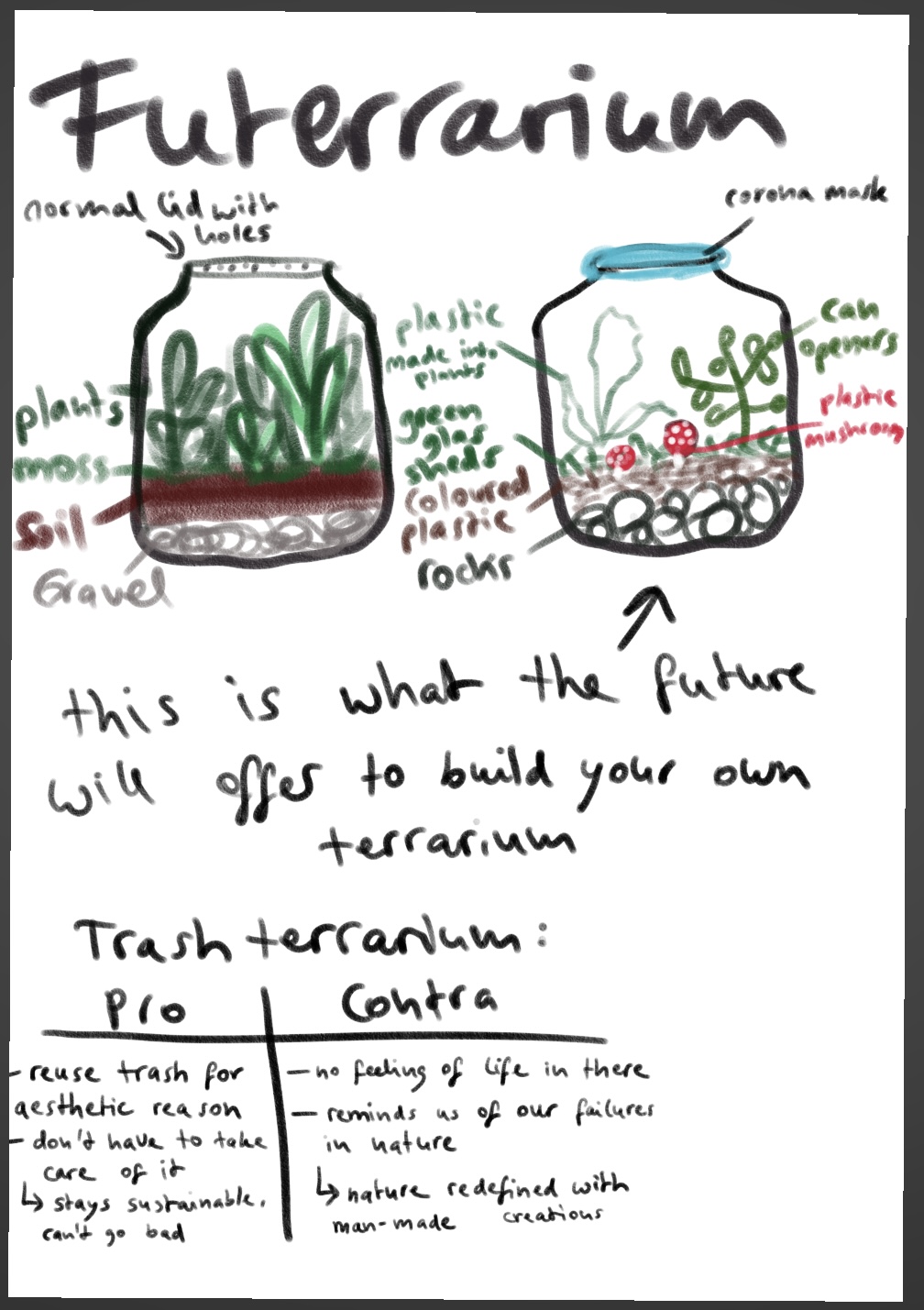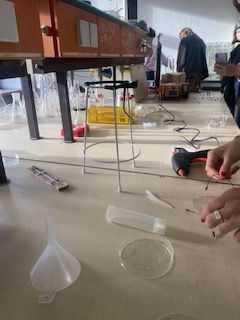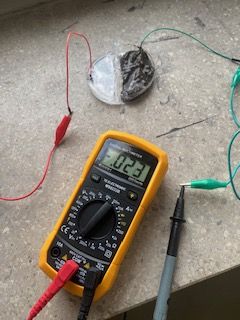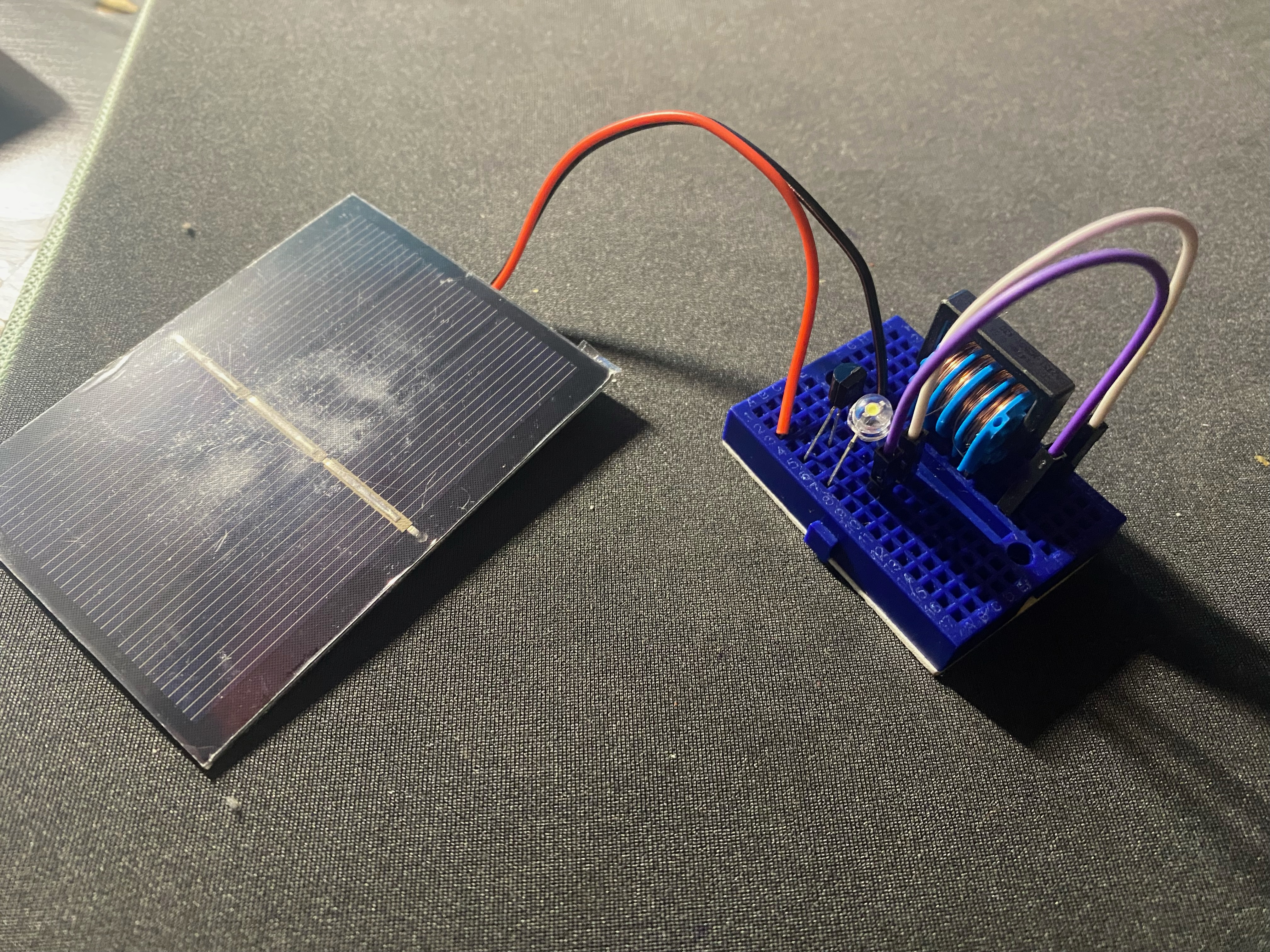References for plastic art: [1] [2] [3]
My project I want to persue: use empty masen jars (my flatmates&me have a huge collection) give them a new life by turning them into terrariums how to make terrariums:
> first layer: gravel > second layer: soil > third layer: taller plants (place them et the back), smaller plants (placed at the front) > next step: place moss, nice looking stones and pieces of tree trunks > last step: place tiny insects that are good for the little eco-system: for example snails and spring tails
- by using different types of soil and plants I can experiment with divers terrariums and observe how they will turn out
- in my opinion it is a great way to keep the plant life sustainable, learn more about micro-organisms and place them in an aesthetic way
How to build a terrarium, Beginners Guide: *https://www.youtube.com/watch?v=t2jL3QP4hTA&t=329s
First ideas for my on-going project:
> turn nettels into ropes and try to make textile or baskets etc. out of it
> recycle trash into pots for plants + take kitchen scrapes/ herbs/ seeds for regrowing itself.
> turn natural ressources into colours/ paint. for example thumeric = yellow
> I could also combine these ideas into one big project: selfmade coloured basket = pot for the regrowing
plant.
> find a new usage for trash
> generating Bio gas by using compost
My understanding of sustainable aesthetics
In my opinion the words have two different meanings, which can collide into one understanding. Sustainability can be seen as taking eco-friendly ressources and giving it life and therefore great purposes. For example recycling/ upcycling. By using what is already there, we get to make materials or objects more long lasting, without creating new waste. The aesthetics is what makes the sustainable into some kind of art form. Giving it new life, new meanings and perspectives. Since aesthetic is subjective, the creator has freedom in its expressions and can chose how the art work is presented. Making it a sustainable aesthetic.
Documentation of microbial fuel cell
> first we made Agar Agar by mixing 1.78grams of Agar Agar with hot water in a glass container, through shaking it, it became more solid over time. > we pured the mixture into a plastic straw, let it cool off and then cut the straw into sections to get long solid agar agar pieces. > next we prepared the petri dish for the experiment: placing the solid agar agar in the middle. Using hot glue and pouring diagonal line over agar agar piece to create a wall > now the petri dish has two seperate sides with an agar agar bridge in the middle > we then glued a cable on each side that sticks out of the petri dish > then we placed assembled mudd on one side of petri dish over the glued cable and water on the other > we made sure it contracts the agar agar bridge in the middle > the microbial fuel cell is created > last step to confirm the electricity flow, we connected claw clips from a digital multimeter to the cables that stick out the petri dish and observed the electricity outcome > it ranged from 0.012 - 0.300 volt
References
- The Martian Garden, https://www.themartiangarden.com
- NASA https://www.nasa.gov/mission_pages/station/research/news/meals_ready_to_eat/
- Hito Steyerl - Ausstellung, https://www.museum-joanneum.at/kunsthaus-graz/ausstellungen/ausstellungen/events/event/10951/hito-steyerl
- In Kepler's Gardens, https://ars.electronica.art/keplersgardens/en/the-biosphere-project/
- Klaus Herbst, Pflanzfabrik, https://www.instagram.com/pflanzfabrik/?hl=en
- Living Alone for 2 Years in a Biosphere, https://www.youtube.com/watch?v=oaSRIR9AjFU





